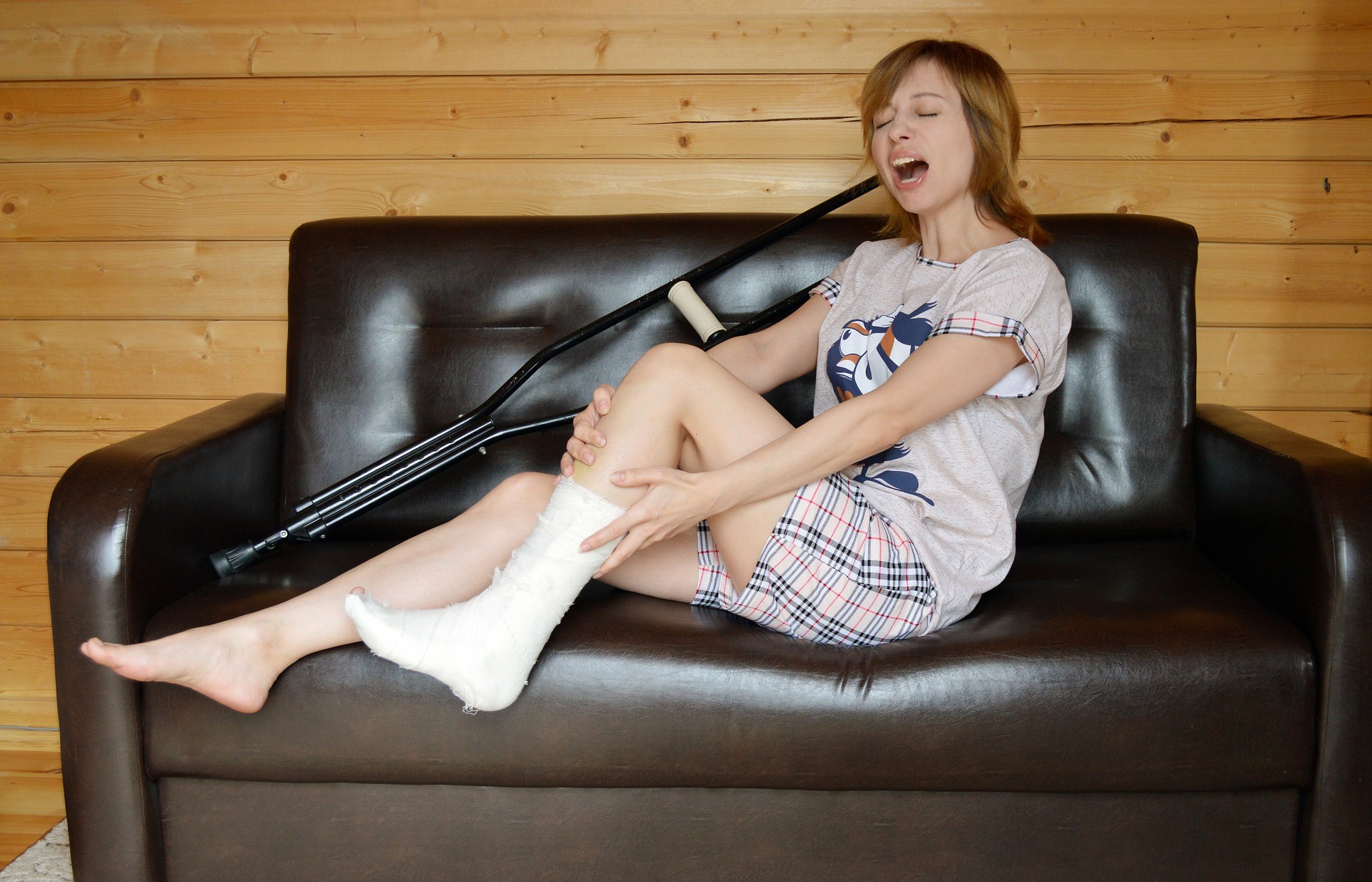
After a car accident, the pain recedes gradually for most people. For others, particularly victims of more serious crashes, the story is different. The pain lasts much longer, making it virtually impossible to go about day-to-day activities normally. If post-accident pain lasts for more than six months, it qualifies as “chronic pain” and dealing with it may take more than the conventional pain relief approaches. Here are a few techniques that can help you deal with chronic pain after a car accident:
1. Accept the pain
Acceptance is arguably the greatest pain management skill you can learn. It encompasses the sheer act of knowing that you have chronic pain and the process of letting yourself feel the anger, anxiety, and every bit of the agony that comes with the pain.
Note that acceptance is not a one-step move – it is a gradual journey that requires coming to terms with all the negative and positive sensations coming from different parts of your body. It is a challenging process, yes, but its end products are the very things you need: less pain, peace, reduced anxiety, and increased coping.
2. Talk to a pain management expert.
Taking yourself through the pain management process can be a tiring trial-and-error assignment. Pain management doctors such as those from Seattle Pain Relief are trained to assess and understand pain and prepare personalized treatment plans for their patients. Check with a doctor as soon as possible after your accident. Perhaps there is an underlying injury to your pain that can be fixed. Sometimes, the pain isn’t even related to the accident.
There are myriads of possibilities that need to be ruled out before you can get on with your coping approach. So, find a pain management specialist or get a referral from your PCP before subscribing to any treatment plan.
3. Find a distraction
Pastimes are good attention grabbers. They can help distract you from your pain and suffering and give you something more enjoyable to focus on. If you have a video game you like playing or a television show or outdoor activity that tickles your fancy, there is no better time to put it to use.
Our brains are not designed to focus on more than one thing at a time. By engaging in something you are fond of, you are swerving your thoughts into a more therapeutic channel and finding new ways to live with your pain.
4. Exercise
The notion that exercise after a car accident leads to more pain is misleading. If anything, it works the other way round.
Chronic pain is partly the result of neurological changes, and staying inactive will not curb further anguish. It will instead lead to waste product buildup and muscle wasting, which are likely to inflame the pain.
Engaging in intense activities such as lawn mowing won’t be of much help either. You need to find home workout activities somewhere in the middle of the intensity spectrum, either via “trial and error” or seeking professional help.
Conclusion
Use these tips to cope with chronic pain after a car accident. They may not always be effective at the start, but once you catch the rhythm, you will have found a lasting solution to your problem.
Image URL: https://pixabay.com/photos/cry-hurt-trauma-fracture-crutches-5239849/
